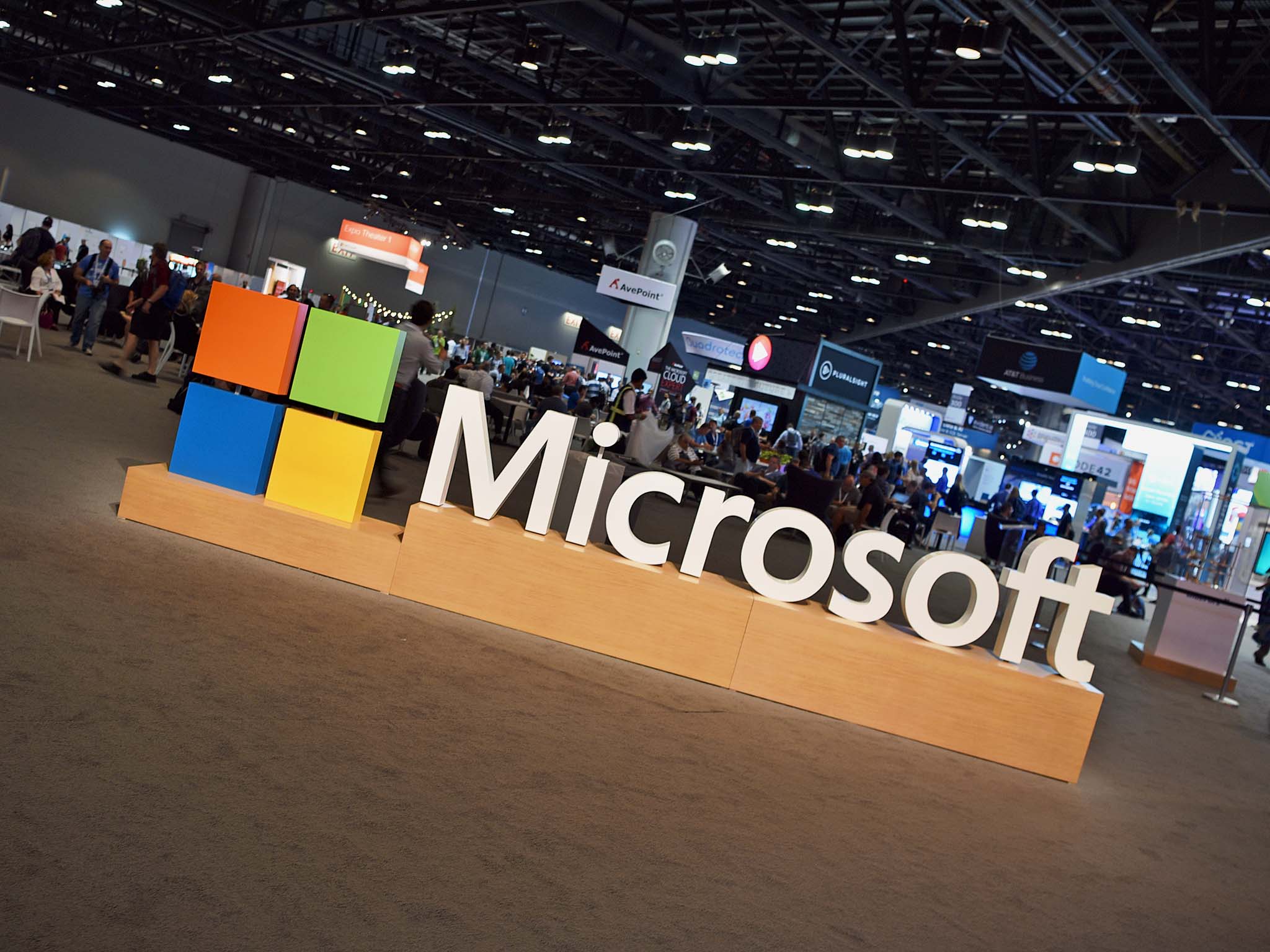
By Dan Gallagher –Microsoft MSFT -0.35% ’s comeback is no longer tech’s best-kept secret. That sets up a new kind of challenge for the software giant. When Microsoft reports its fiscal year-end results Thursday afternoon, it should mark the first time in more than a decade that the company has managed to grow revenue by double digits for two years in a row. Moreover, Wall Street expects that to continue for at least the next two years, which would be a pace not seen since the early 2000s, when the company had less than one-third of its current revenue.
That stands out against recent decelerating growth trends at Big Tech peers such as Apple Inc., Google parent Alphabet Inc. and even turbocharged Amazon.com . As a result, Microsoft has spent most of the past three months as the world’s most valuable company and more than a month with a market value in excess of $1 trillion. That serves as a strong validation for the company’s transformation under Chief Executive Satya Nadella, but it also means Microsoft no longer has the relative comfort of being an underdog. At 28 times forward earnings, Microsoft’s shares not only carry a premium to Alphabet’s, Facebook ’s and Apple’s; they also carry the highest multiple the stock has commanded in more than 15 years, according to FactSet.
This means Microsoft now needs everything to go right. Much already is. The company has become one of the most dominant names in the hot cloud-services category—second only to Amazon by some measures. And size has yet to slow it down. Microsoft’s Intelligent Cloud segment now comprises more than 30% of the company’s overall revenue base and sales in that segment are expected to be up 20% to $38.6 billion for the fiscal year ended June compared with growth of 17% the year before.
Microsoft also will get a boost from surprisingly strong PC sales in the June quarter. Market research firm IDC reported last week that shipments jumped nearly 5% year over year, thanks in part to the pending expiration date for Windows 7, which goes out of service in January. That should help PC sales for the rest of the year. Microsoft also will be launching a new Xbox console about midway through its 2021 fiscal year. Keith Weiss of Morgan Stanley also projects low-single-digit growth in the company’s $19 billion-a-year business in server and tools software. This should boost profitability given the high margins of those products.
In a recent survey of corporate chief information officers, Credit Suisse found that Microsoft was one of two software vendors most likely to register the largest increase in spending this year. The company has amassed a strong record of late, missing Wall Street’s earnings targets only once in the past four years, according to FactSet. That streak needs to continue. A trillion-dollar company can’t afford more than the occasional stumble.



